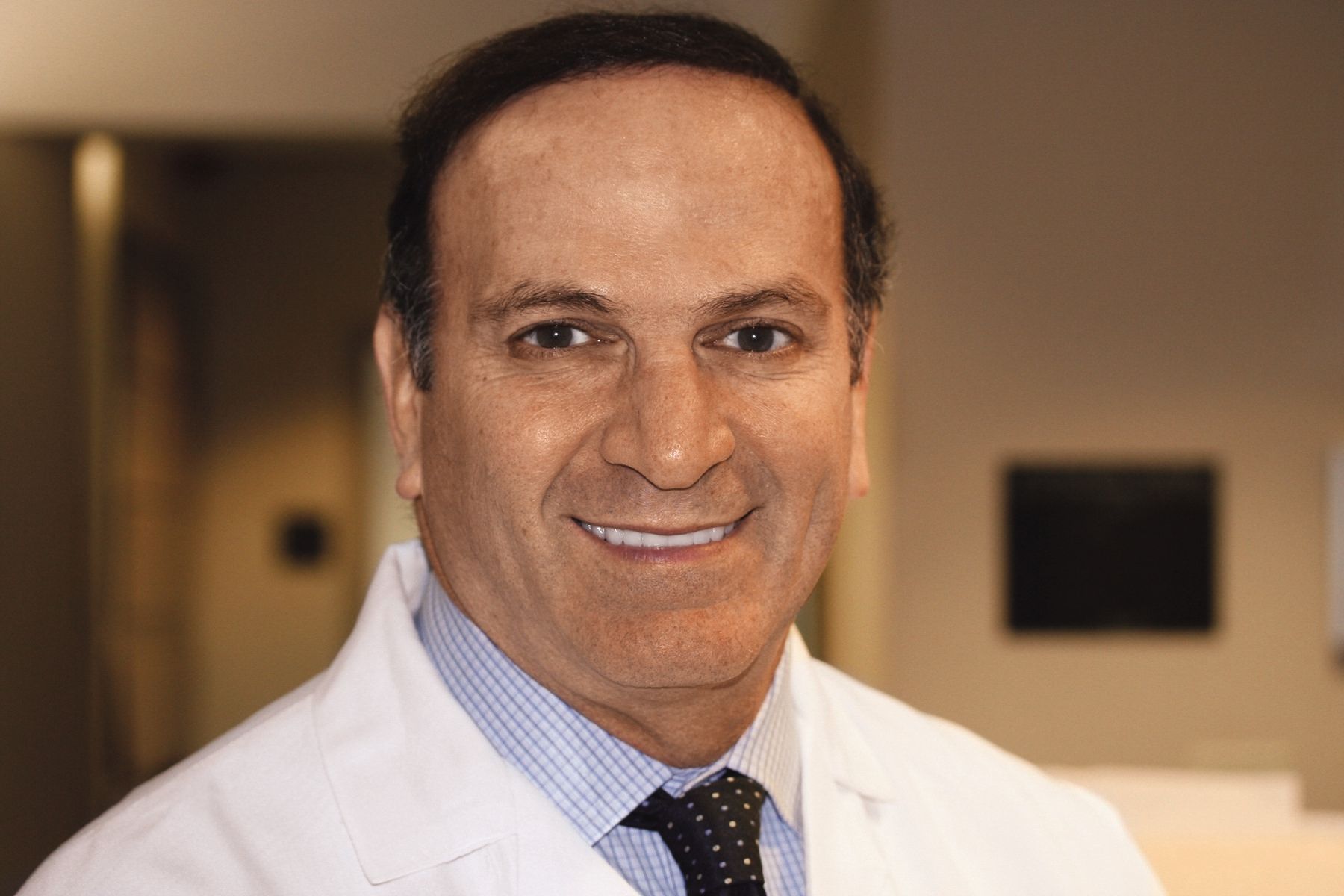- Acne
- Actinic Keratosis
- Aesthetics
- Alopecia
- Atopic Dermatitis
- Buy-and-Bill
- COVID-19
- Case-Based Roundtable
- Chronic Hand Eczema
- Chronic Spontaneous Urticaria
- Drug Watch
- Eczema
- General Dermatology
- Hidradenitis Suppurativa
- Melasma
- NP and PA
- Pediatric Dermatology
- Pigmentary Disorders
- Practice Management
- Precision Medicine and Biologics
- Prurigo Nodularis
- Psoriasis
- Psoriatic Arthritis
- Rare Disease
- Rosacea
- Skin Cancer
- Vitiligo
- Wound Care
Article
Evolving laser therapies for rosacea symptoms
Author(s):
Erythematotelangiectatic rosacea, characterized by diffuse and persistent facial redness and telangiectasias, is a challenging disease to treat. Recent advances in laser and light therapies appear effective in improving these symptoms.
A number of medications are currently used to successfully treat and manage the clinical symptoms of papulopustular rosacea. Many of these patients however will also have clinical symptoms of erythematotelangiectatic rosacea, typically characterized by diffuse and persistent facial erythema and telangiectasias.
Recent advances in laser and light therapy are proving to be effective in managing the telangiectasias and erythema seen in a variety of dermatologic conditions, including rosacea, says. Roy G. Geronemus M.D., clinical professor of the Department of Dermatology at NYU Medical Center and director of the Laser & Skin Surgery Center of New York.
READ: Microbial considerations in rosacea treatment
Diffuse erythema
When addressing the diffuse facial erythema seen in rosacea and other conditions, Dr. Geronemus will either use a pulsed dye laser or the excel V laser, and employs the KTP laser for individual veins, where the veins are traced out in the procedure. According to Dr. Geronemus, who recently spoke at the 10th annual Laser & Aesthetic Skin Therapy course in Boston, the KTP laser is an excellent treatment option for linear blood vessels and identifiable individual blood vessels.
Here, a protocol may require anywhere from one to five or more treatment sessions, depending on the severity of the clinical symptoms. As telangiectasias and erythema is an ongoing process and will likely recur over time, Dr. Geronemus says that maintenance treatments will usually be required to maintain the clinical results achieved.
READ: Botulinum toxin a possible therapeutic option for rosacea
NEXT: Combination therapy
Combination therapy
“We have a variety of different types of lasers that we can use to treat both the diffuse facial erythema as well as the telangiectasias and enlarged blood vessels associated with rosacea. Depending on the clinical presentation, I will often perform a combination therapy using one laser to treat the individual veins and a second laser for the overall diffuse erythema. This combination therapy works quite well and our patients are very satisfied with the cosmetic outcomes we can achieve,” Dr. Geronemus says.
READ: Study uncovers genetic links to rosacea
A combination device employing both radiofrequency (RF) and pulsed dye laser is a new technique under development from Syneron-Candela, and could represent a breakthrough in the treatment of erythematotelangiectatic rosacea and other vascular lesions.
The device’s combination of RF and pulsed dye laser is proving to be very effective in different types of vascular lesions as well as port-wine stains, particularly more mature port-wine stains that have a thicker component. According to Dr. Geronemus, the vascular nodules of the thicker component have notoriously been difficult to treat, and the RF and pulsed dye laser combination approach is showing great promise, being able to significantly improve the lesion even after a single treatment.
READ: It's rosacea, not acne
“Many times, the same device can not be used for all possible vascular conditions. In my experience, you will often need to mix and match the different lasers for the specific type of vascular lesion that you are treating, which will lead to optimal treatment outcomes,” Dr. Geronemus says.
NEXT: Advances in vascular therapy
Advances in vascular therapy
“One major advance in laser therapy is that we can now more effectively treat the deeper and darker vessels, particularly the enlarged blood vessels around the eyes,” Dr. Geronemus notes. “These vessels are usually seen independent from rosacea and are not considered part of an inflammatory condition,” he adds. However, “We use Nd:YAG lasers here, particularly Cutera’s excel V laser system. This approach has allowed us to better address some of the deeper and larger diameter veins that we see. We are also using this technique for many of the venous malformations that occur on the lips and inside the mouth and at other parts of the body as well,” he adds.
READ: Rosacea’s psychological impact
The excel V treatment is very safe and involves using a single pulse rather than multiple pulses in order to help avoid the potential of scarring of the skin. The bluer, larger diameter veins respond very well to this treatment and many times, only a single treatment pass is required Dr. Geronemus says.
Disclosures: Dr. Geronemus is a clinical investigator for Syneron-Candela and Cynosure.
Newsletter
Like what you’re reading? Subscribe to Dermatology Times for weekly updates on therapies, innovations, and real-world practice tips.















